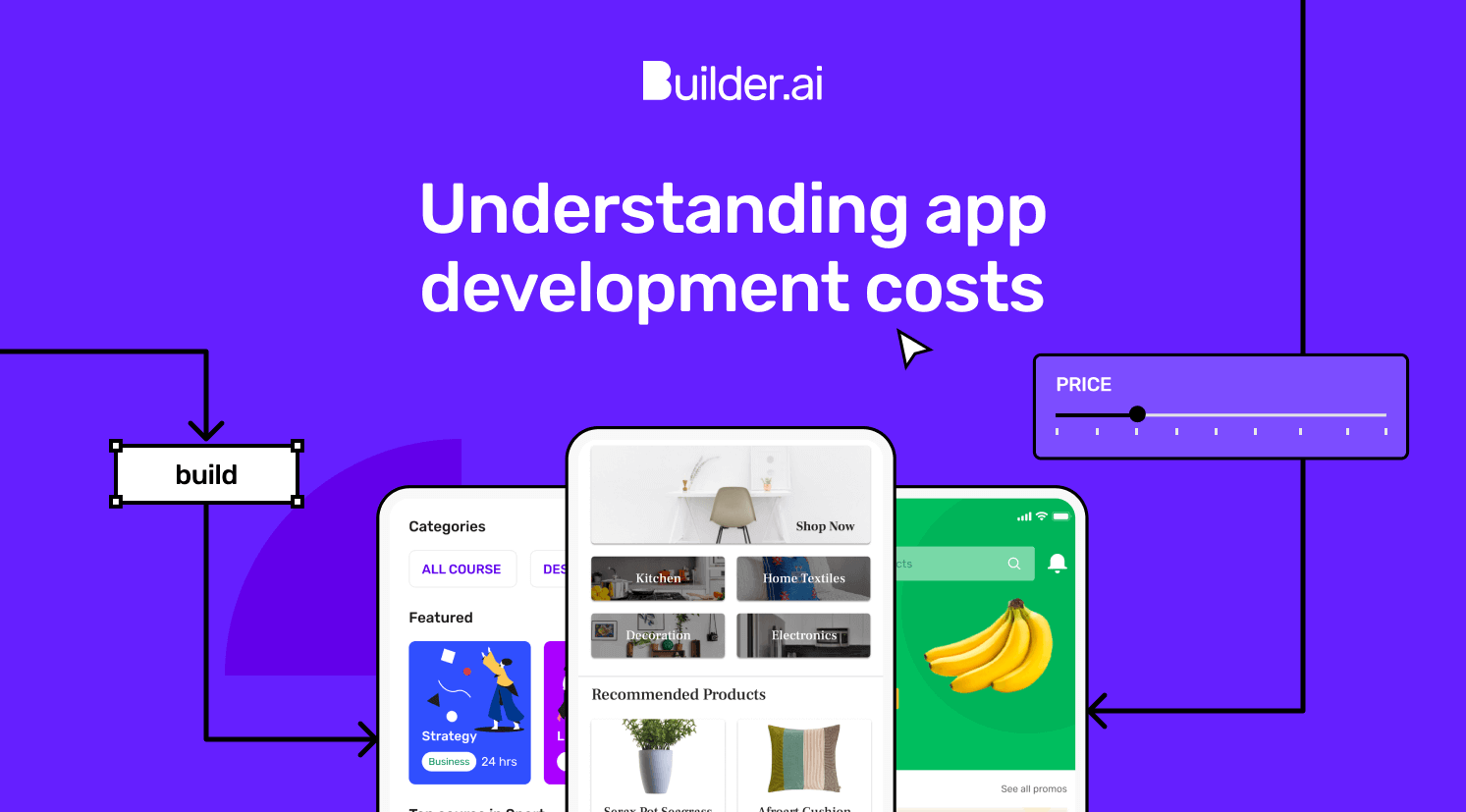At Builder.ai, we like to use every chance we get to empower businesses across industries with our expertise. This was precisely our motivation for recently launching our monthly virtual event series called Builder Live - that helps everyone, from entrepreneurs to enterprises, scope out their ideas, clarify doubts and shed inhibitions that may be stopping them from taking their business to the next frontier through digital transformation. In our latest media feature, Sachin ponders on how India's education system has particularly felt the prolonged effects of the country's lockdown. Is the government helping? Can technology really be the answer? Read on.

The Covid-19 pandemic has continued to present unprecedented effects across the world. Globally, lockdown measures have been enacted to contain its spread, which in turn, has disrupted regular business and social activities. Amid this emergency, countries have been forced to adapt to a “new normal” of living. With social distancing measures also enforced, people have been encouraged to connect with their friends and families digitally, while businesses have had to operate remotely.While there are numerous success stories of how people and enterprises have adapted to the crisis via technology, less has been said about the virus’ effect on education. The pandemic has affected over 60 percent of the global student population, as governments around the world temporarily closed schools to limit the spread. India’s education system has particularly felt the prolonged effects of the country’s lockdown. In response, educational institutions across the country have started adopting more digital teaching practices and tools to bridge physical divides, showing signs of a long-anticipated evolution. However, are such measures mere stopgaps introduced in light of the pandemic, or can they be sustained to foster longer-term digital transformation in education?
Covid-19 pegged back India’s education ambitions
India has made significant gains in education over the past decade, as the number of out-of-school children has decreased and enrolment at all education levels has risen overall. Covid-19, however, has disrupted this transformation, challenging the patterns and practices of India’s education system and impacting the education of nearly 320 million students in the country.To evolve and emerge stronger, the sector must adopt more innovative approaches that could foster greater paradigm shifts in age-old methods. Social distancing is one factor that has led to compulsory online sessions with more parents warming up to the concept of e-learning. This has encouraged the demand for online learning platforms and even the involvement of tech giants such as Google are working with the government to make digital learning easier and more accessible across the country.
The digital evolution of education in India may seem inevitable, given that the nation is the world’s second largest internet market. Even before the pandemic, however, India had been experiencing concerning drop-out rates - a result of the disproportionate access to education. This problem has only grown progressively more serious during the pandemic due to the disparity in internet access. While we typically tend to associate this problem with more remote and poorer communities, less than half of urban households have trouble going online too.
Accelerating education’s digitalisation
This is not to say that no efforts have been made to bridge the digital divide. State initiatives such as ePathshala, are helping to familiarise excluded communities with e-learning, providing educational online resources for educators as well as children and their parents. More recently, the government also launched the PM eVIDYA programme as a way to broaden multi-mode access to digital education. The sudden disruptions caused by the pandemic, however, mean that long-term digitalisation efforts need to be supplemented with initiatives designed for the immediate recovery of India’s education sector.
Enterprises engaging in India’s burgeoning EdTech sector can help bridge this digital divide. The growing internet and smartphone penetration rates in India – coincided with the ongoing pandemic – has created a higher demand for e-learning. As a result, the online education market in the country is projected to grow by over US $14 billion until 2024.
Several notable companies are emerging to cater to this demand. BYJU, an e-learning platform that can be accessed via smartphones, provides programmes in both English and Hindi to make learning and the understanding of concepts easier for students. Some of BYJU’s key features include elements of machine intelligence, such as the creation of Knowledge Graphs to personalise learning journeys based on each students’ learning needs, as well as data analysis that helps make practice more engaging and in depth. As one of India’s most valued unicorns at US $8 billion, the platform has currently garnered 35 million registered students and over two million annual paid subscriptions.
Another e-learning company growing in popularity is Gradeup, designed to help students prepare for competitive exams. The company’s main product is Gradeup Classroom, which offers live courses from faculties around the country, namely via live classes, mock tests, interactive quizzes and even 24/7 mentorship (students can interact with fellow peers and mentors). The company has experienced significant growth and expects its enrolments to exceed 150,000 users next year. It also raised US $7 million in its Series A round to help its expansion to smaller cities and towns.
Sustaining the new normal for India’s education
The Covid-19 pandemic is transforming education in India – revolutionising longstanding teaching practices that were mostly confined within physical classrooms. While online learning is still nascent, we can expect the future of India’s education to include more emerging technologies such as artificial intelligence (AI) and the internet of things (IoT). Both of these technologies can potentially transform digital classrooms to be more immersive, where students can feel a sense of ‘being there’, as educators will have more capacity to integrate rich media such as video and audio to design digital curriculums and content across multiple devices.
As India emerges from the Covid-19 crisis, the future of education will still present challenges. The demand for digital transformation is not a short term phenomenon, but rather an accelerating trend that the country and its education sector stakeholders are trying to make more ubiquitous. As with every crisis, there is opportunity. For India’s education sector, it is about leveraging modern technologies to bring nationwide education access to new heights.
Stories published by the editorial team at Builder.ai.












 Facebook
Facebook X
X LinkedIn
LinkedIn YouTube
YouTube Instagram
Instagram RSS
RSS


